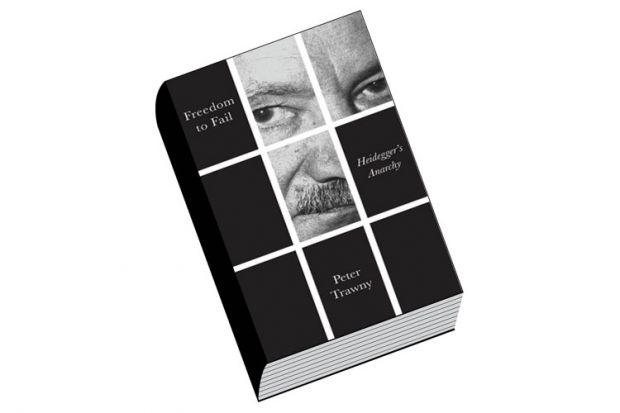Martin Heidegger is one of the world’s most discussed and read philosophers. For years, the fact that he was a Nazi was politely passed over, or even disputed by his followers, but painstaking scholarly analysis and the release of more of his writings have made obvious his embrace not only of the Nazis, but also of their supposed values. To judge Heidegger’s writing as anti-Semitic seems to philosopher Peter Trawny to be unavoidable; yet more harmful than this judgement, he says, is the attempt to avoid it.
However, Trawny goes on to assert that it is “a misunderstanding to suppose that a human being could be morally responsible for evil”. Is Hitler responsible? Who bears the guilt for Birkenau? All this, he ventures, before adding that the victims are “the trace of guilt that needs culprits”. But where does this trace end? “Does it ever end? A history without culprits is unbearable.”
Philosophers who think greatly must necessarily also err greatly, as Heidegger liked to say. His notorious “Black Notebooks” reveal a “thinker who hurls his thunderbolts upon everything that cannot withstand the purity of the philosophical gaze”, says Trawny, placidly. “All so-called facts are only the surface of a depth of meaning that withdraws. The narrative begins.”
Like Hannah Arendt, who was not only a passionate imbiber of Heidegger’s ideas but also, as a young student, his “saucy wood nymph” and lover, Trawny sees Heidegger as a thinker whose vision goes beyond the everyday world, of concentration camps and victims, into something poetic and accessible really only to very few.
He allows that Heidegger’s works are flawed. But then they are incomplete; things we should allow from someone so far ahead. Or rather, from one prepared to go where others have not dared.
Central to Trawny’s short book is a quote from Ernst Jünger, who said of Heidegger and the forest: “There he is at home – on untrodden ways, on timber tracks.” Trawny makes much of this simple metaphor, saying that “errancy” is understandable when one is exploring untrodden ways. “Did not this thinking also move in domains in which there was hardly anything left to think? In which Heidegger in his way ventured to say what need not have been said?”
There are many rhetorical questions in this book and few concrete examples. Indeed, Heidegger’s own words are rarely quoted. But this last question Trawny does answer, saying that Heidegger was familiar with the limits on what might be said, but chose to reject them, and to go beyond good and evil. “Is not Nietzsche the master of all those who have ventured it and continue to do so? Was he Heidegger’s master?” Such questions regularly confuse, and little light is shed.
Released from the straitjackets of “argument” and ethics, Trawny contends, Heidegger is free to combine the true and the untrue in a poetic drama. “Truth in its essence is untruth”, as the master once wrote. Correction! “Truth is un-truth”; the hyphen signifies concealment, which links to the notion of the “clearing” – the dangerous and ambitious task Heidegger set himself.
Heidegger’s philosophy “offers a place for all that is ‘immense’ and ‘monstrous’”. The thought that Heidegger could somehow have apologised for his thinking is weak. Instead, “it remained true to itself in silence”. Philosophers speak with a borrowed voice: as thinking “thinks itself”, they must undergo “the tragedy of truth”, Trawny finishes grandly.
Martin Cohen is editor of The Philosopher. He is author, most recently, of Paradigm Shift: How Expert Opinions Keep Changing on Life, the Universe and Everything (2015).
Freedom to Fail: Heidegger’s Anarchy
By Peter Trawny
Polity, 104pp, £35.00 and £9.99
ISBN 9780745695228, 5235 and 5266 (e-book)
Published 15 May 2015
Register to continue
Why register?
- Registration is free and only takes a moment
- Once registered, you can read 3 articles a month
- Sign up for our newsletter
Subscribe
Or subscribe for unlimited access to:
- Unlimited access to news, views, insights & reviews
- Digital editions
- Digital access to THE’s university and college rankings analysis
Already registered or a current subscriber? Login




